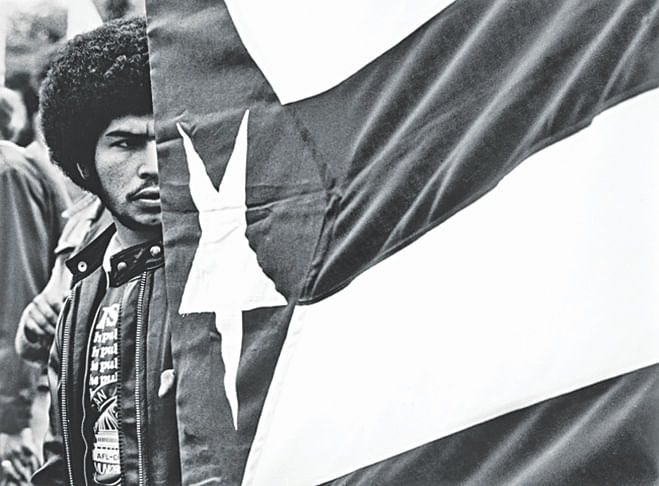Goodbye To A Teacher
Goodbye To A Teacher

Frank Espada died last week. It is strange to talk about Frank and death in the same sentence because the first word about Frank that usually comes to mind is “life.”
He was my photography teacher.
It was the early 1990s and I was designing software at Sun Microsystems in Silicon Valley, USA. I also had a great interest in photography which I pursued part-time. I had had several exhibitions and was teaching black-and-white darkroom at the University of California's Extension Photography Program on nights and weekends. Feeling like my photography was stuck in a rut, I decided to take a refresher course. That was “Advanced Photography” taught by Frank.
The very first class, I realized that Frank brought a special passion to photography. He infected his students with it – students who included a judge, a librarian, an attorney and others. All of us had come to the evening class after a long day at work but after three hours with Frank, we were ready to conquer the world.
Learning more about his life, I realized that Frank's philosophy of photography came from his commitment to the subjects he photographed. His life's work was documenting the Puerto Rican Diaspora in the United States. He had been born in Puerto Rice but his family migrated to mainland United States when he was nine. In his younger days he had joined the Air Force and along the way, after studying with the great photographer W. Eugene Smith, found his true calling. He also became an activist and organizer for Puerto Ricans in New York.
His base was in New York, but he spent the last third of his life in San Francisco where his gift for teaching flowered.
What did I learn from Frank in that class? Frank taught me to photograph with fire in my belly and compassion in my heart. From Frank's point of view, once those were in place, everything else followed.
He had a Golden Rule, perhaps a reaction to the cynical exploitation that many photojournalists engage in to make a name and win a prize. “Above all, do no harm to your subject,” he said.
One day Frank brought to class Sebastiao Salgado's photographs of the Ethiopian famine. The photos spoke of sadness and despair beyond belief, but Salgado had captured his subjects with grace and dignity. As he projected the slides Frank said, “Even when dying, one can have dignity and Salgado has caught that.”
After the semester was over, many students looked for ways to be close to Frank. When I learned he was teaching a small workshop on photographic fine-printing I signed up. I had seen the techniques before, but in his able hands the blacks got deeper and new life radiated from the print. He added drama to a black and white print in a way few others could.
Frank's story has a happy ending. Recognition came to him while he was still alive. The Library of Congress acquired his portfolio of 83 prints and Duke University acquired his archives.
I hope his work – and his philosophy - will continue to inspire many generations of photographers.
www.facebook.com/tangents.ikabir